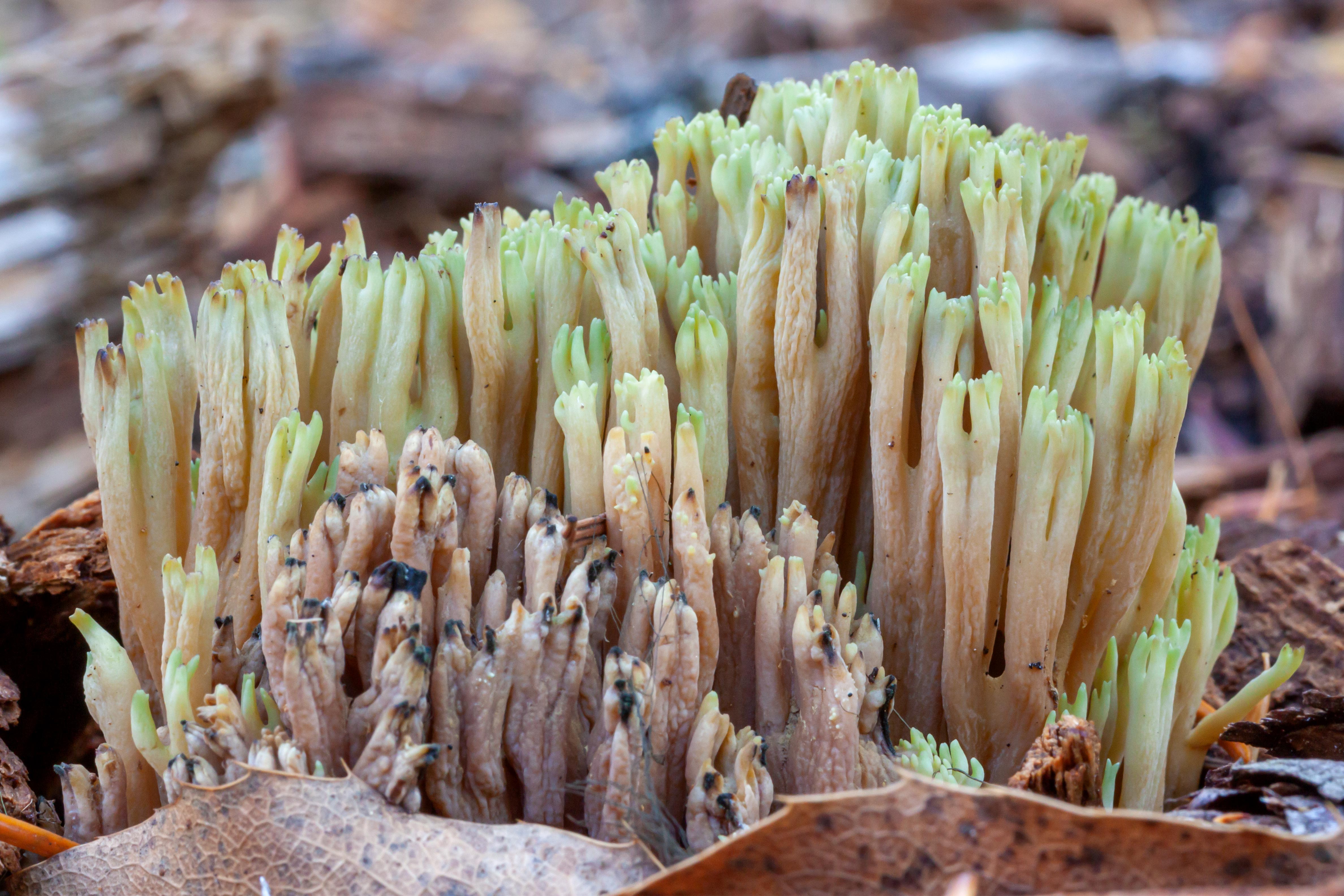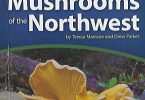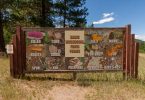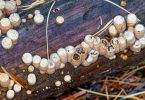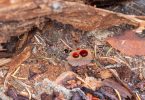Happy Totals
The mushroom, fungi year for 2019 has ended with below normal temperatures and early snowfall (late October) 🙁 Sad, but still a good year in total for photographing these organisms. I ended up with 3381 photos taken in every month from March through October. The total is the most images in a year dating to 2010 when I first started an interest in mushrooms.
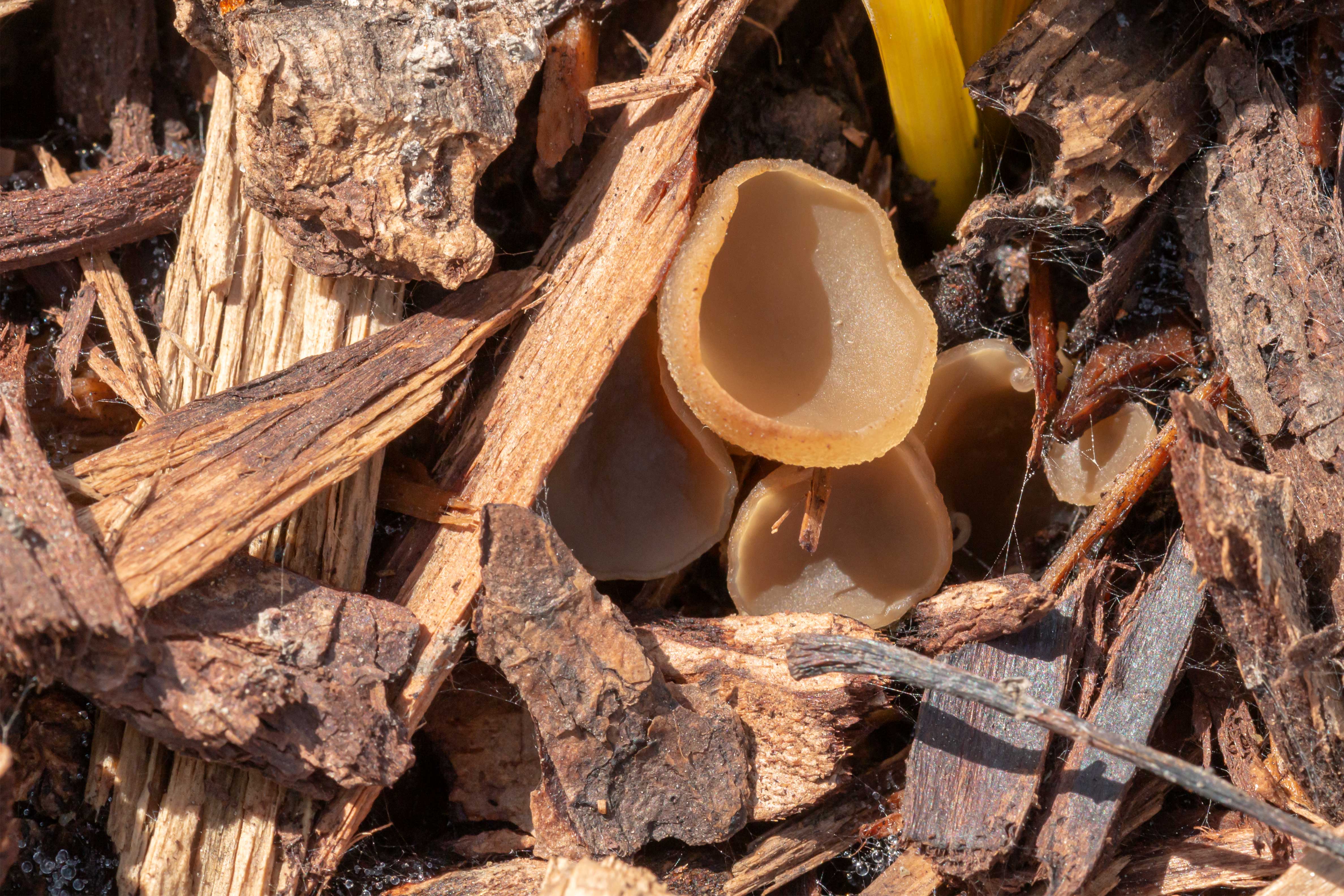
How it Went
The earliest mushroom recorded was on March 25 from our mulched flower bed! I made a special effort to find “snowbank” mushrooms that appear after snowmelt. That effort was not that successful numerically, but added to my knowledge bank. Morels, a mushroom associated with spring, were also in very low numbers. Of course, it could be that I was looking in the wrong places or at popular sites that had been picked clean. Arora (1986) sums it up: “[Mushrooms] are difficult to study because they are ephemeral and unpredictable, and so much depends on being at the right place at the right time.” Spring remained slow, but action picked up starting in June (5% of total photos) and stayed somewhat constant at that volume through August. The September and October time frame was big on finding and photographing; this period combined accounted for 77% of my fungi photos. Why was that?
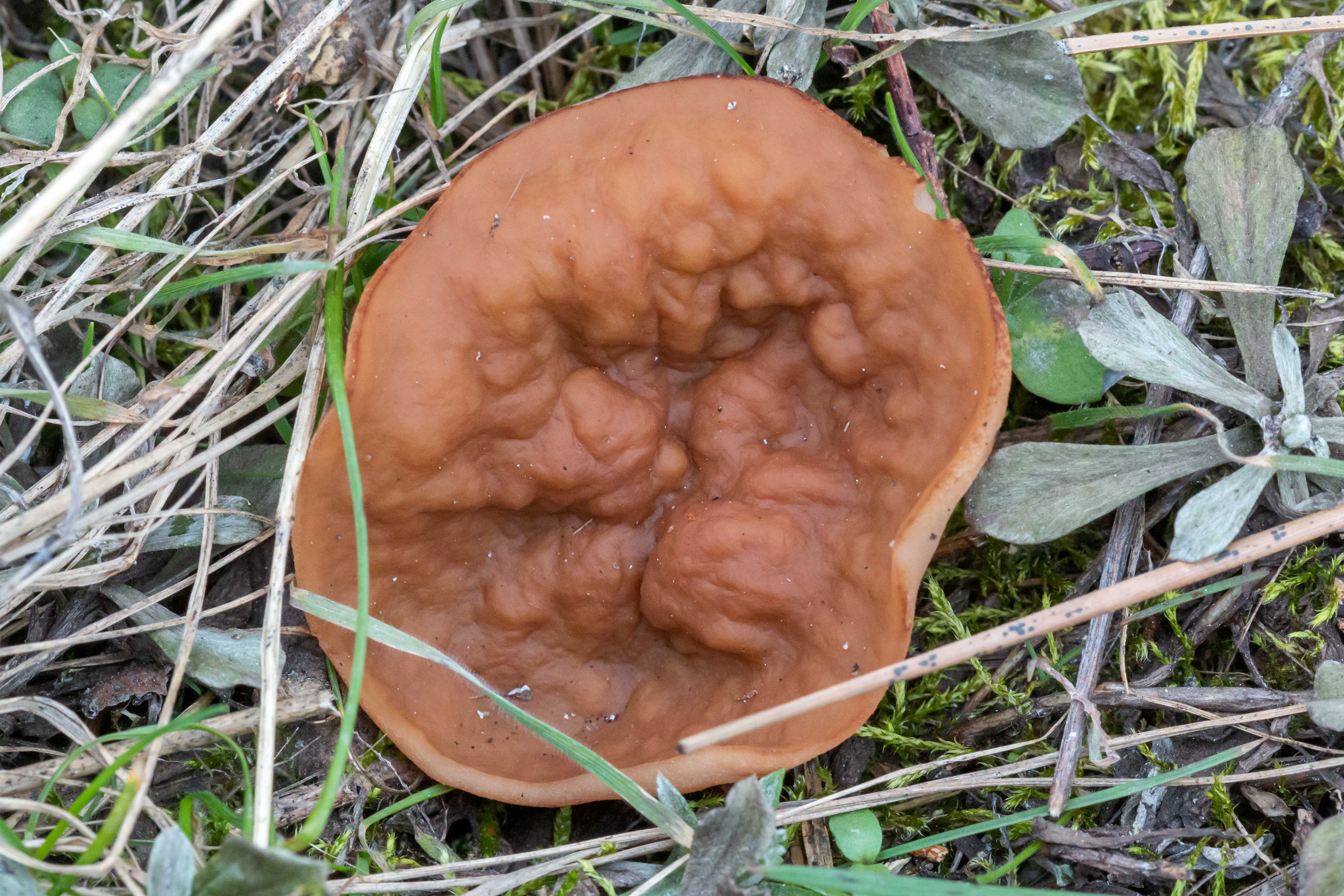
Time of Year
“Far more mushrooms fruit in fall” Trudell and Ammirati (2009) go on to define the ‘mushroom season’ in the Pacific Northwest as September – November. They note late August, September weather is a big determinant; clear, warm and dry mean a poor season.
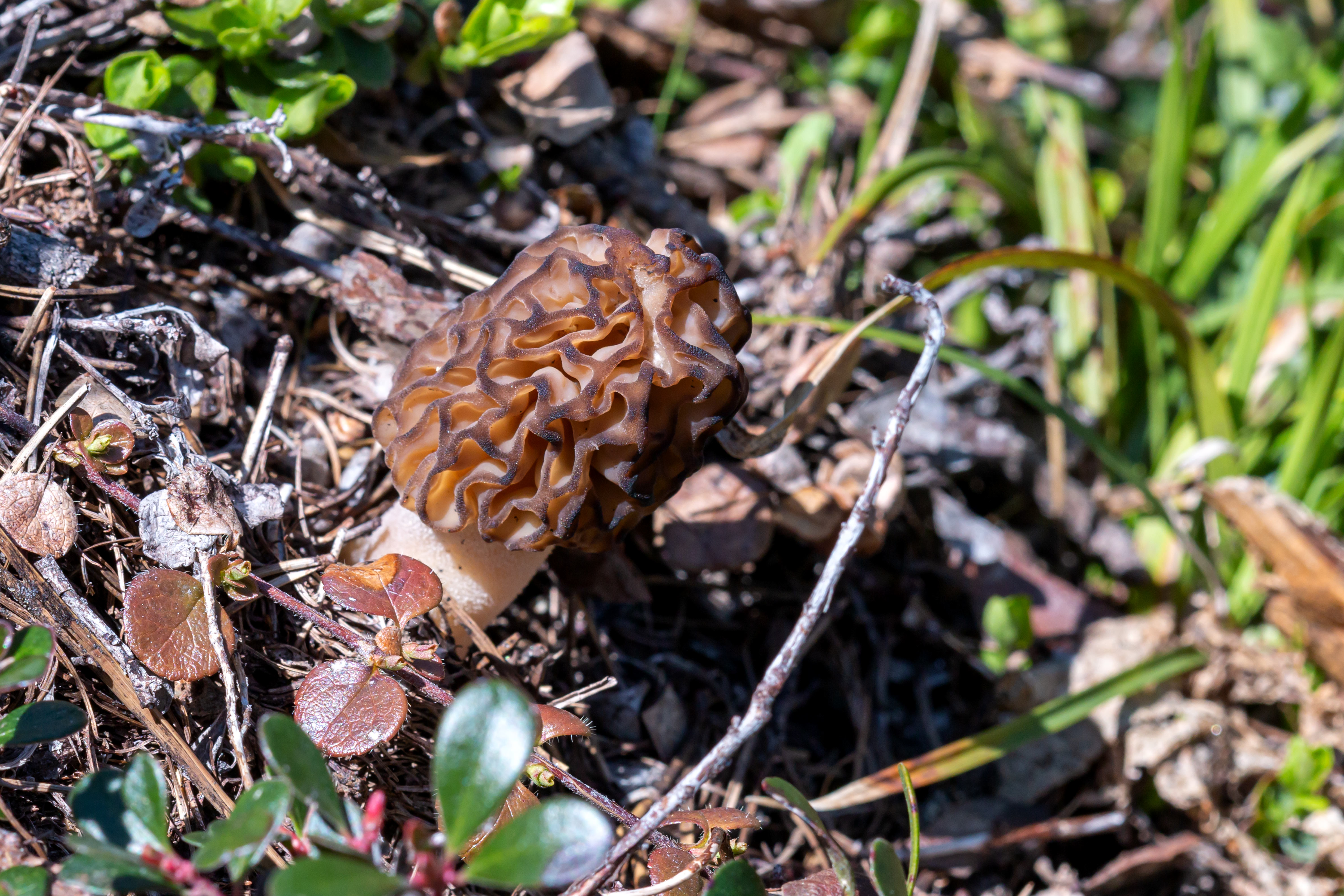
2016-Best Local Year for Mushrooms
The year 2016 had ideal conditions, record rains and warmth, for mushroom fruiting. A Missoulian article by Rob Chaney, Wet fall begets wild mushroom season, summarized that the conditions produced a remarkable mushroom season. During October and November of that year I took 1727 pictures of an annual total of 2597. During October of this year 948 images were captured, none in November. However, only a couple of sites provided the bulk of sightings.
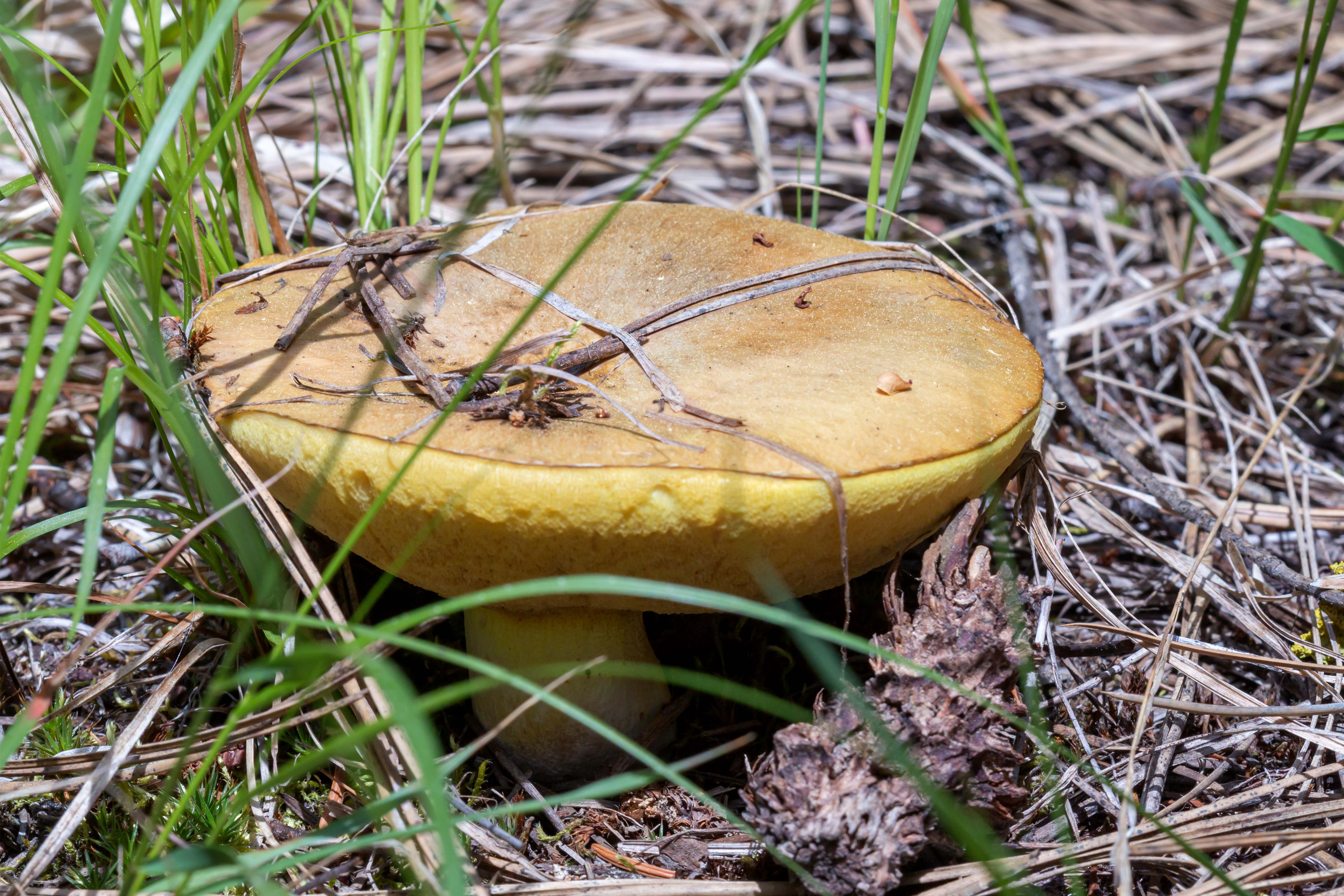
2019 vs. 2016
The rainfall during this October was nearly five times less than October 2016. Plus the October temperatures this year were 10 degrees cooler than normal average high temperatures. My efforts during the two years was not equal. I searched for mushrooms on 11 dates in October 2016 and 17 times during October 2019. The average number of photos per date in 2016 was 93; in 2019 it calculated to 55.
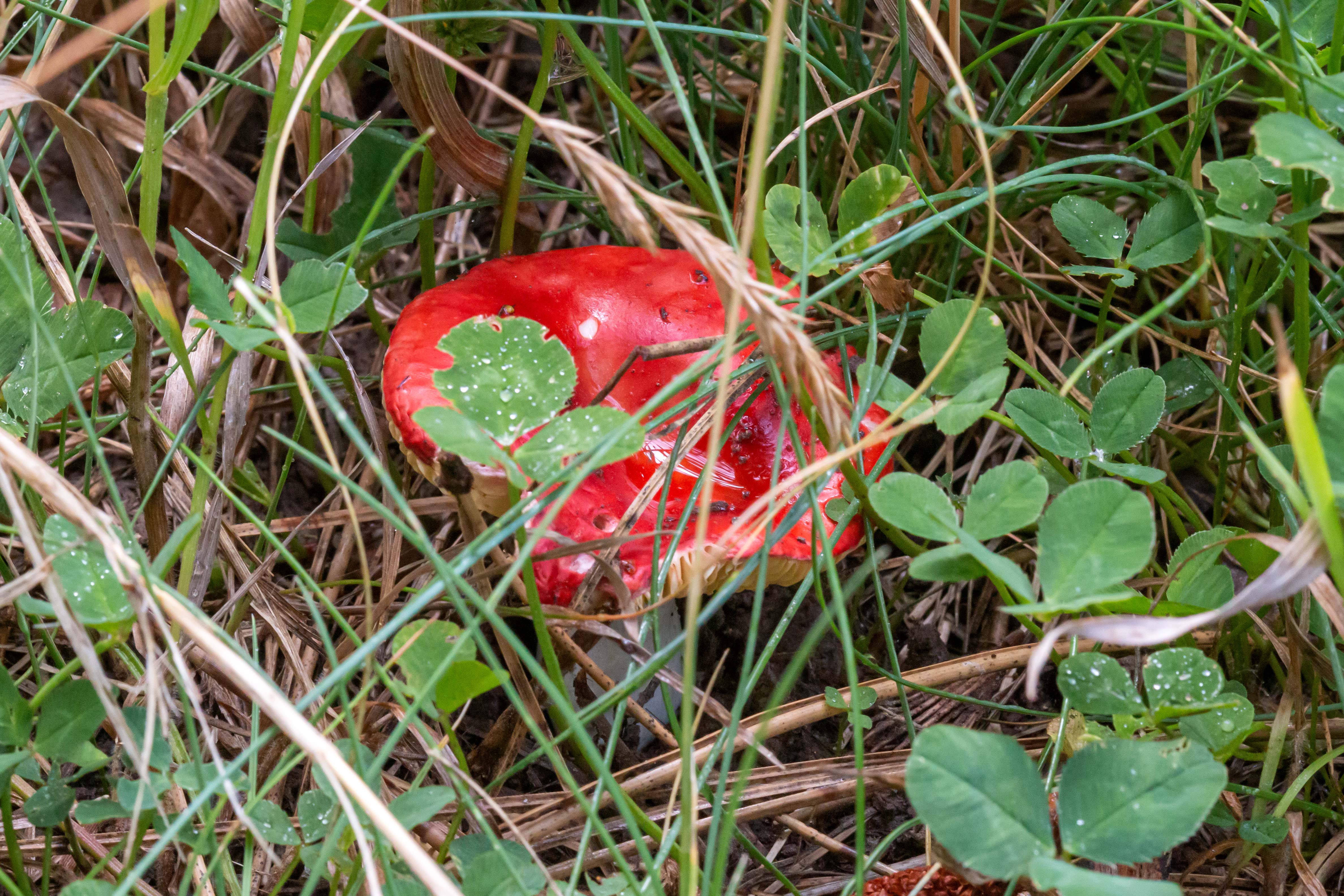
Where I found success
The numbers above explain a lot about opportunity and effort, but don’t hint much on where I looked. Most of my favorite wildlife areas were pretty devoid of mushrooms in the fall of 2019. The best places were shaded, old growth and immediate creeks. Second best places were at the base of road cuts through National Forest lands…in plain, not poetic language gravel road ditches. Besides nearby coniferous trees, I’m guessing moisture and aspect (north facing in this case) of shallow ditches are positive variables for mushroom growth. Wildlife discovery is dependent on recognizing patterns of all sorts.
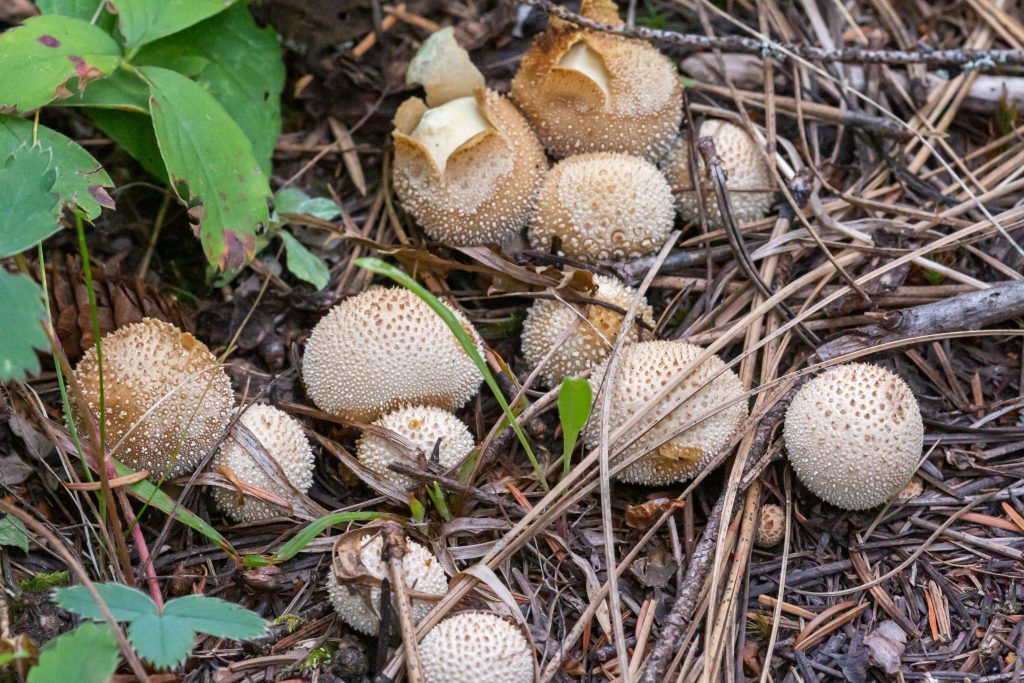
Result summary
I put in much more time and effort this year doing fungi photography knowing conditions were not ideal. Went ahead anyway. Did the work of finding and photographing because it is fun and the results can be stunning. In retrospect I did good. Discovered so many interesting fungi. Learned more patterns. Looking at the photos I hope you agree 🙂 Try it yourself!
